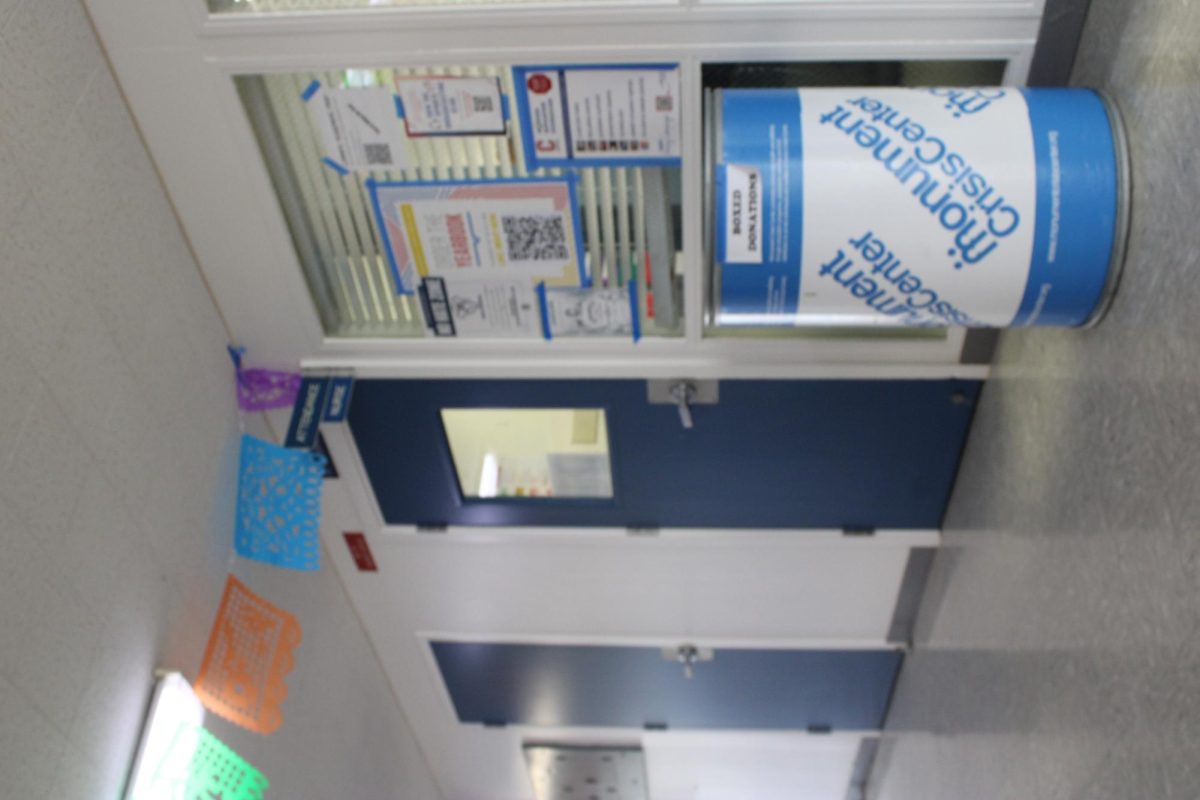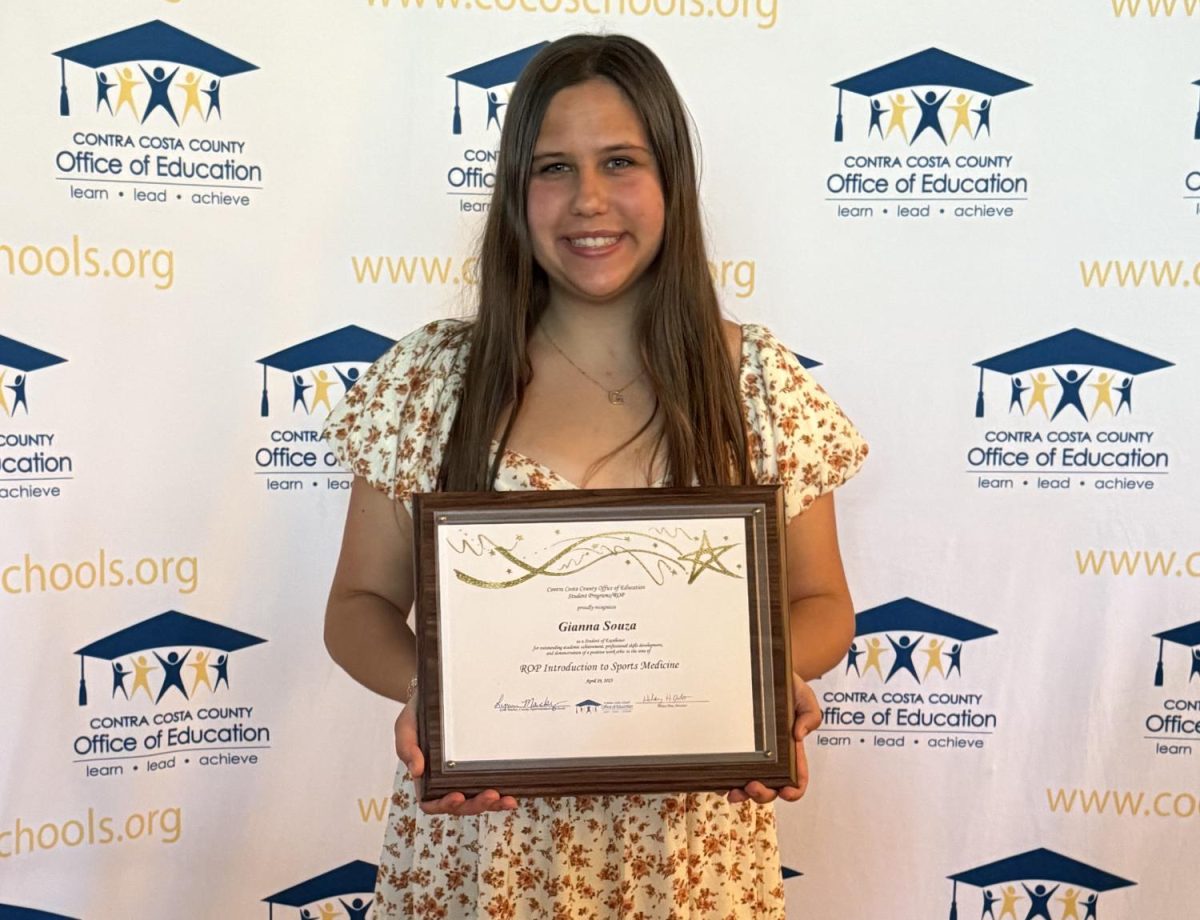Thousands of school districts, including the AUHSD, have recently adopted the Common Core (CC), the newest attempt at standardizing K-12 curriculum and assessment across the country.
According to the California Department of Education (CDE), the program, launched in 2010, establishes U.S. standards for English and math. They are known as the Common Core State Standards (CCSS) and are intended to help “all students get a good education, even if they change schools or move to a different state,” and to “prepare students for success in college and the workplace.”
Teachers, parents, and education experts designed the program following the unsatisfactory results of an international evaluation. As featured on a post on Ranking America (a national statistic source), “According to Pearson, the United States has a ‘cognitive skills and educational attainment’ score of 0.39, which ranks the United States fourteenth out of forty countries ranked in that category.”
Campolindo is currently transitioning to CC curriculum, with changes in Geometry and Algebra 1 this year. For the 2015-2016 school year, English 1, Learning Skills, Algebra A and Algebra B will also see curriculum adjustments.
Geometry and Calculus teacher Nita Madra said, “It was a statewide decision. California decided to adopt new CC standards so it came from them. I think it was governors in about 50 different states who decided to adopt them.”
“We tried to incorporate a little bit [of CC] in every class, and Algebra 1 is going to be fully Common Core’d next year, and they’ve also adopted a new textbook to achieve that. And in Geometry we’ve done a little bit and also in Algebra 2. Mathematical modeling is a big part of the new standards, and those are the kind of things we’ve tried to incorporate,” Madra said.
In her own geometry classes, Madra incorporates CC material through projects, called performance tasks, which encourage students to apply mathematics to practical situations in order to better understand them. For example, in the Cake Boss Project, students had to outline a plan for constructing a cake to fit to certain scale: ratio requirements.
Freshman Elizabeth Garcia, a student in Madra’s geometry class, said that “compared to before Common Core, it’s a lot more of discussions with teachers and students rather than just doing your homework and then checking the answer. I think it’s a better fit, for me at least.”
Learning Skills, a supplemental class intended to help students with a wide range of learning disabilities, has also seen changes.
Students and teachers in the special education department have already started the transition. Learning Skills teacher Michelle Alessandria said, “My students have worked with the ELA (English Language Arts) CC coach this year on writing. They went in depth on how to write thesis statements and body paragraphs.”
“I’ve had my students work on the Speaking and Listening CC standards by getting them more actively involved in their IEP (Individualized Education Program) meetings,” Alessandria said.
Madra believes CC is more effective than traditional forms of teaching because it forces the student to interact to a greater extent with the material, putting it into practice rather than just memorize it.
Madra explained, “I think a lot of our AP tests are Common Core because that’s where students explore what they learned in Calculus and have to explain what they have learned. Anytime you are explaining something I think it becomes more solid and you remember it better.”
Some students aren’t as excited about the change.
“I guess at times it can be harder than before because you have to think a little bit more . . . I think some people don’t like it because, like I said, it’s a lot more work, but I don’t mind it,” said Garcia.
Alessandria, too, recognizes the possible challenges of transitioning to the CC. “Some elements of the CC will be more challenging for not only Special Education students but all students because CC is a different way of learning. Common Core focuses more on demonstrating understanding and analyzing written material rather than memorization and performance tasks. This will be a big transition for all students,” she said.
Madra said, “I think change is always hard, and when they’re asked to look at things differently, it is hard. But once they get it, I think they will like it.”
While recognizing the challenge it presents, Madra sees the program as a possible solution to the country’s perceived educational deficit. “Definitely I think CC has standards that are very vigorous and if we all are able to fully implement them, I think it is going to help the students do better,” she said.
“Is this the only way? I don’t know. You know, I don’t know, who do we compare when looking at those international tests and standards?” asked Madra.
In regard to her particular subject, Madra also said that the problem is not just a low ranking, but a cultural acceptance of and defeatist attitude toward a lack of success in mathematics.
Madra explained, “People think ‘oh it’s okay’, like parents come and say ‘oh, well I was bad at math.’ They never tell you ‘I was bad at reading or I didn’t like reading’, but it’s culturally okay to not be good at math. That attributes to it. If the standards are implemented I’m sure they’re going to improve the performance of the students.”





